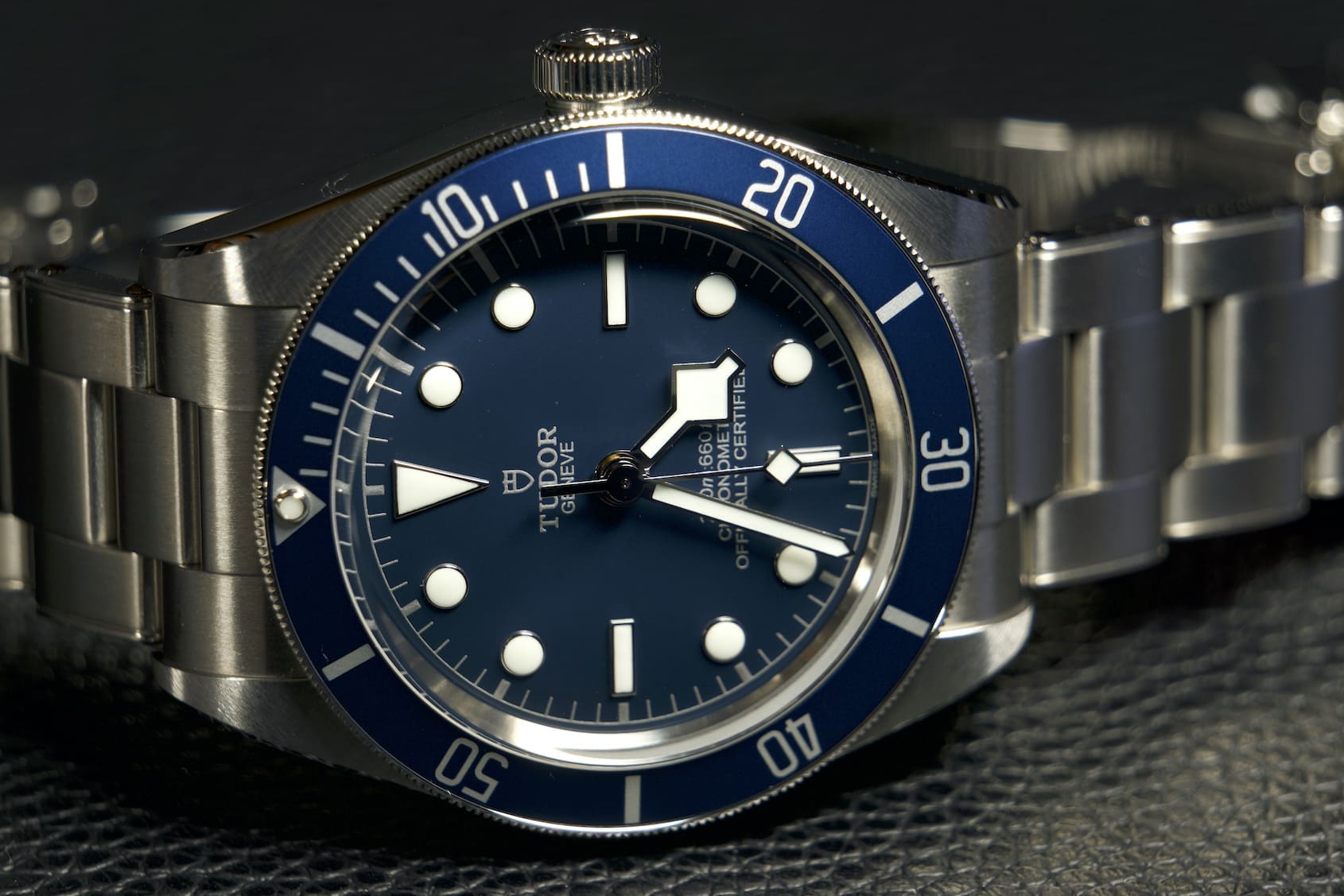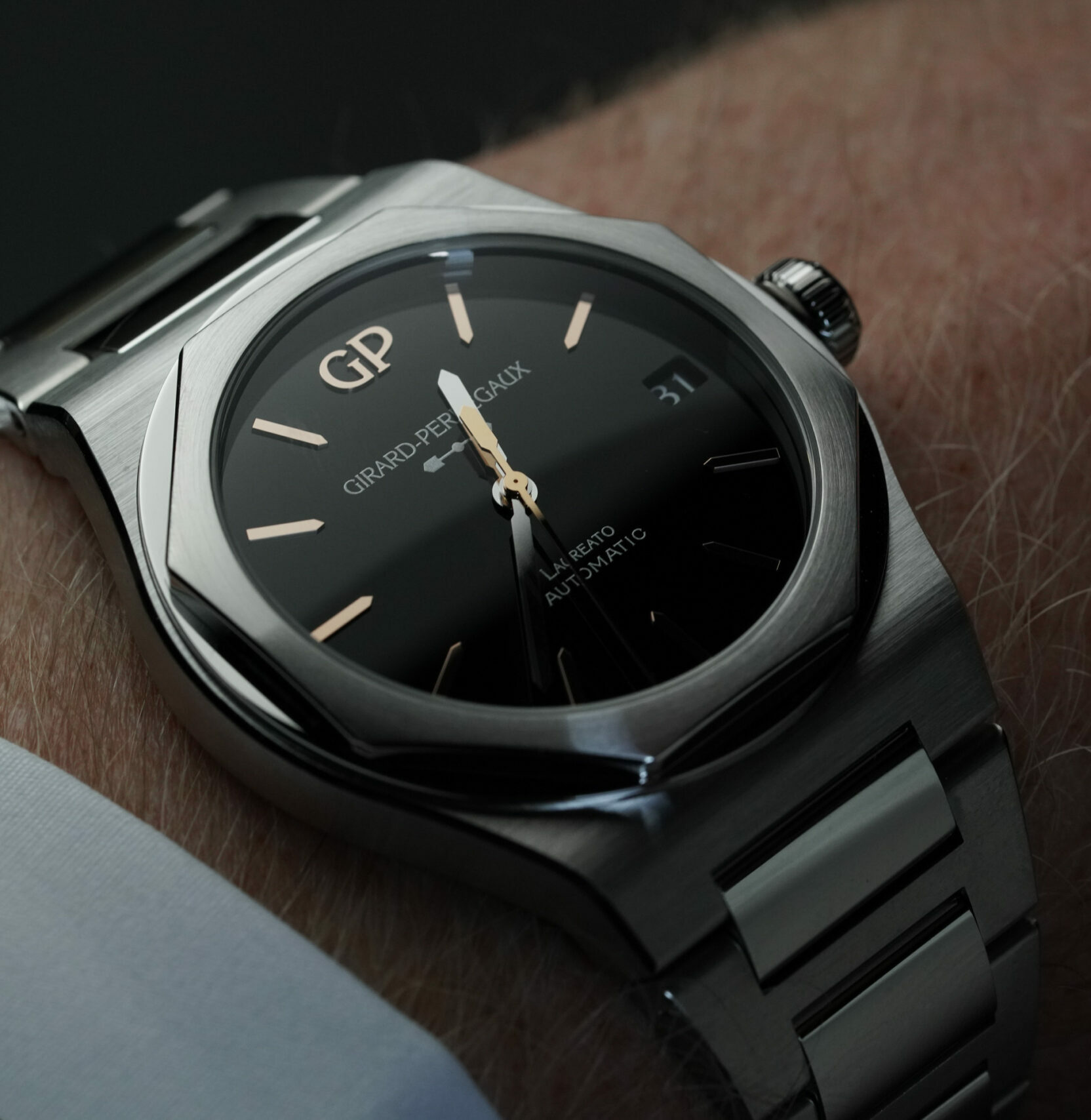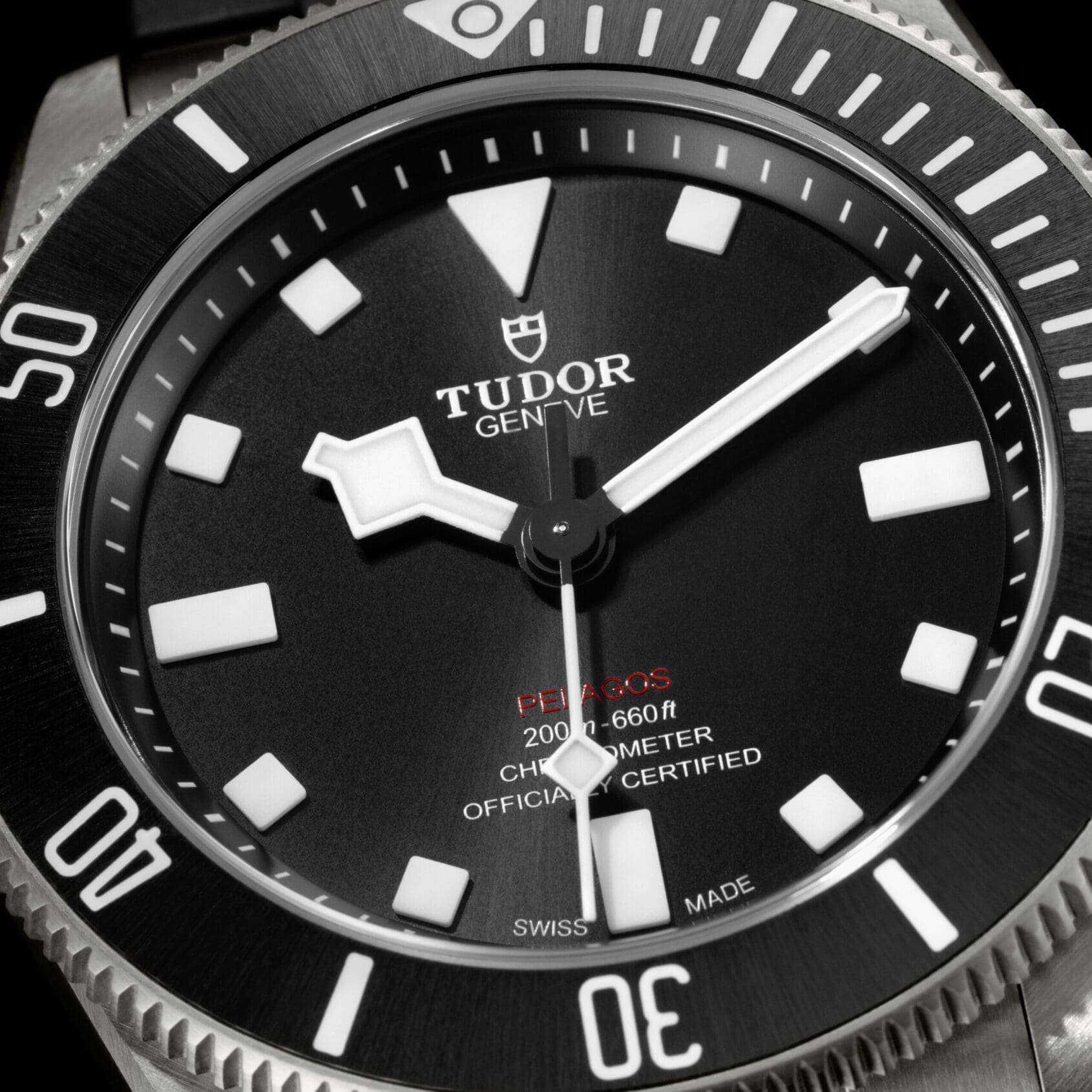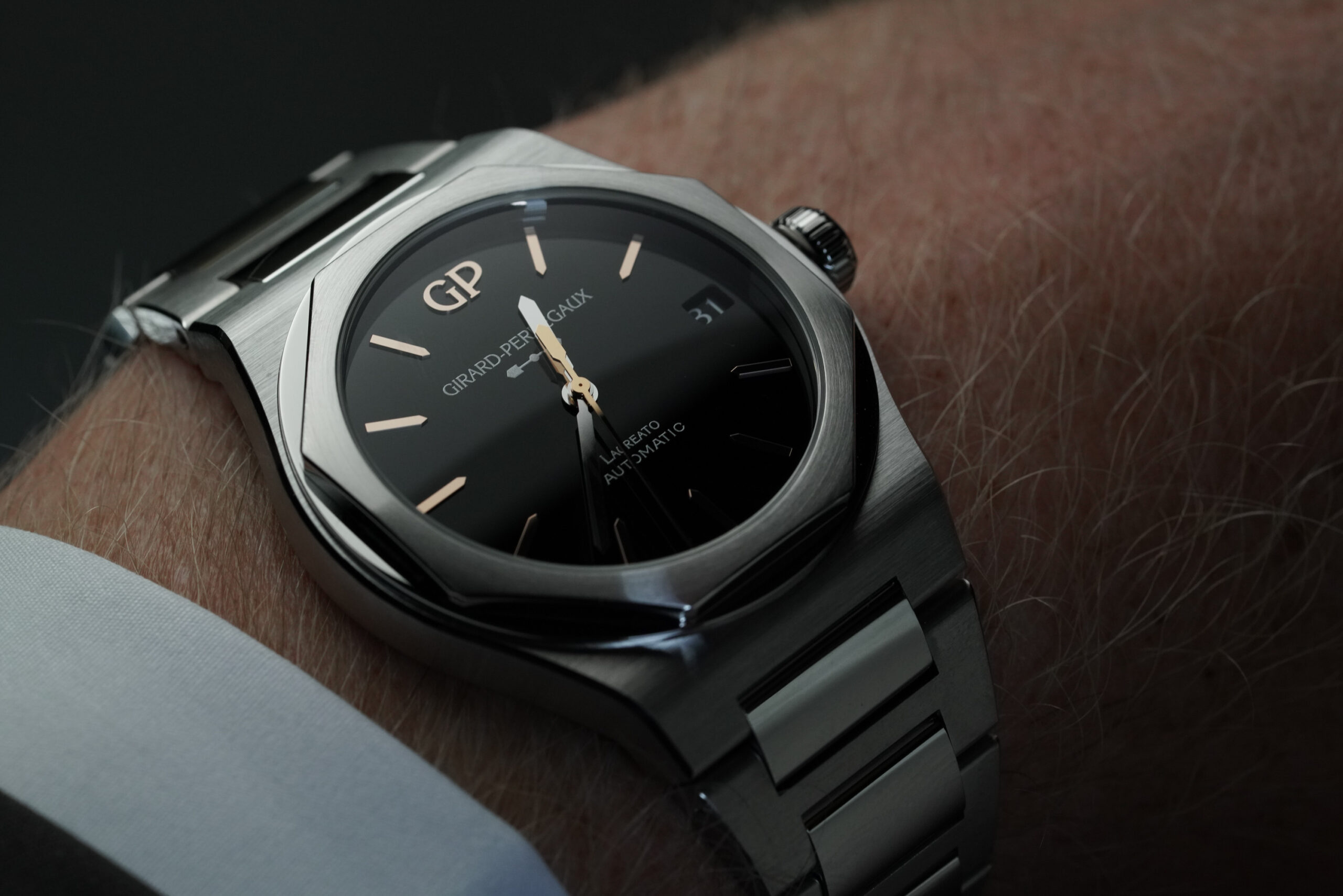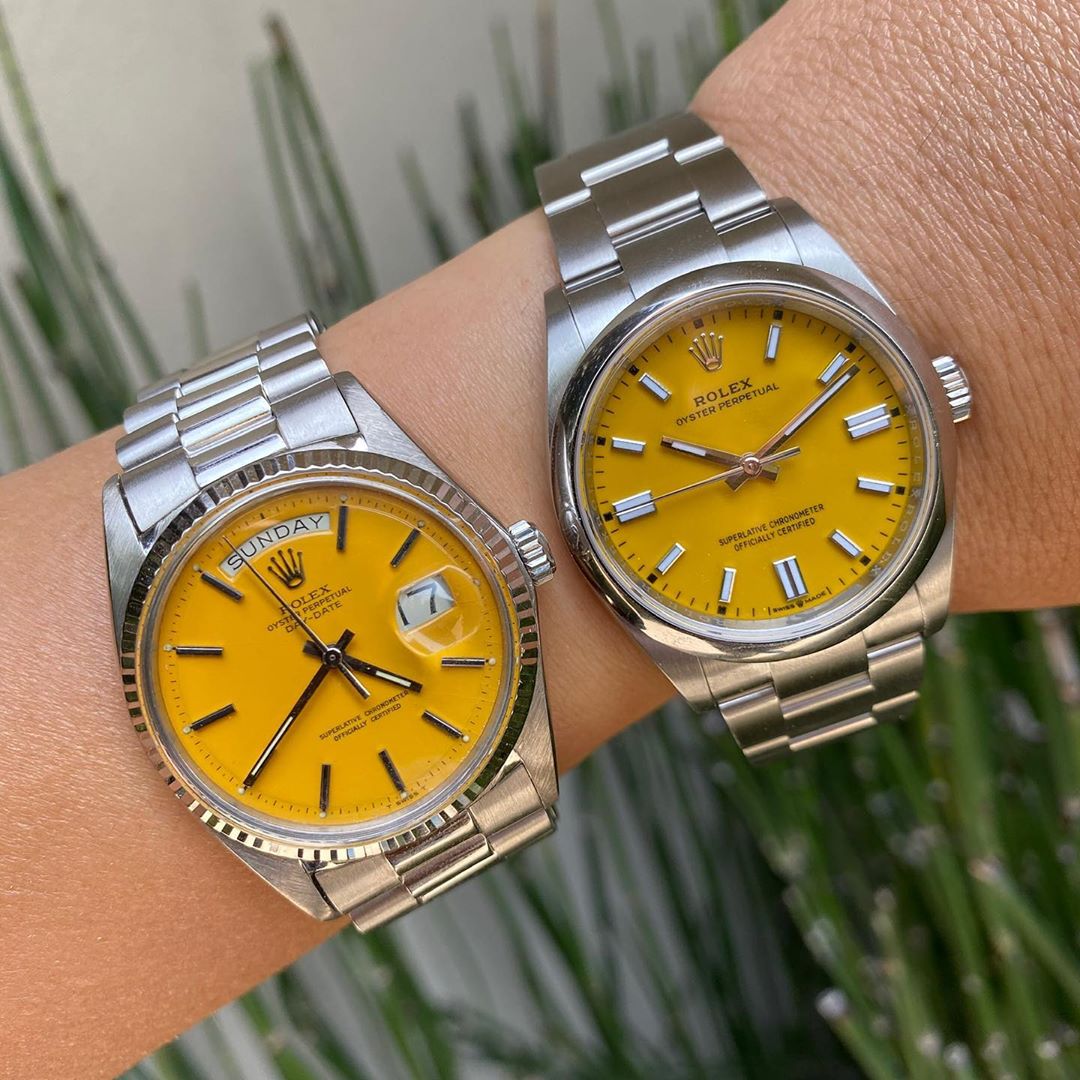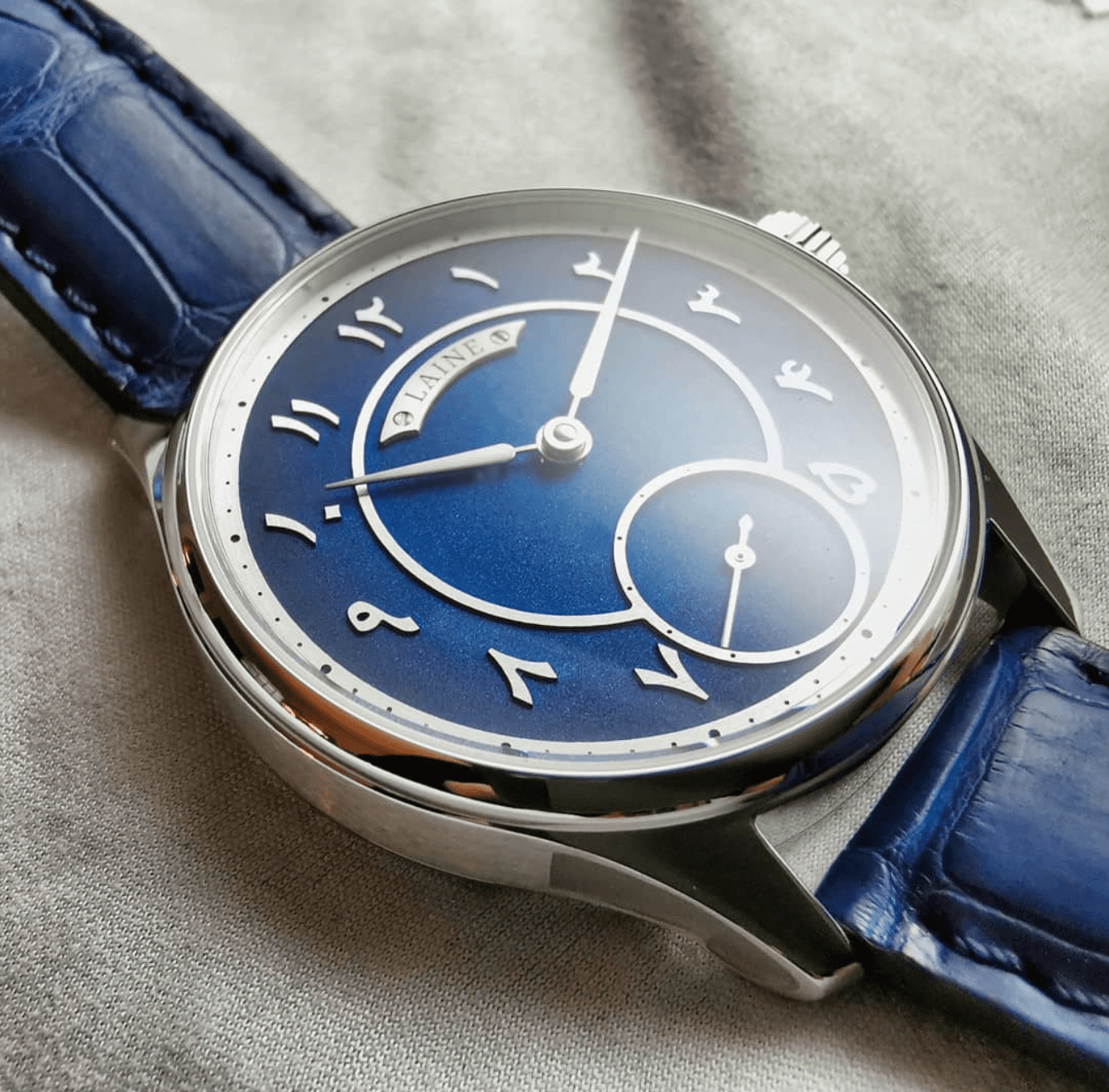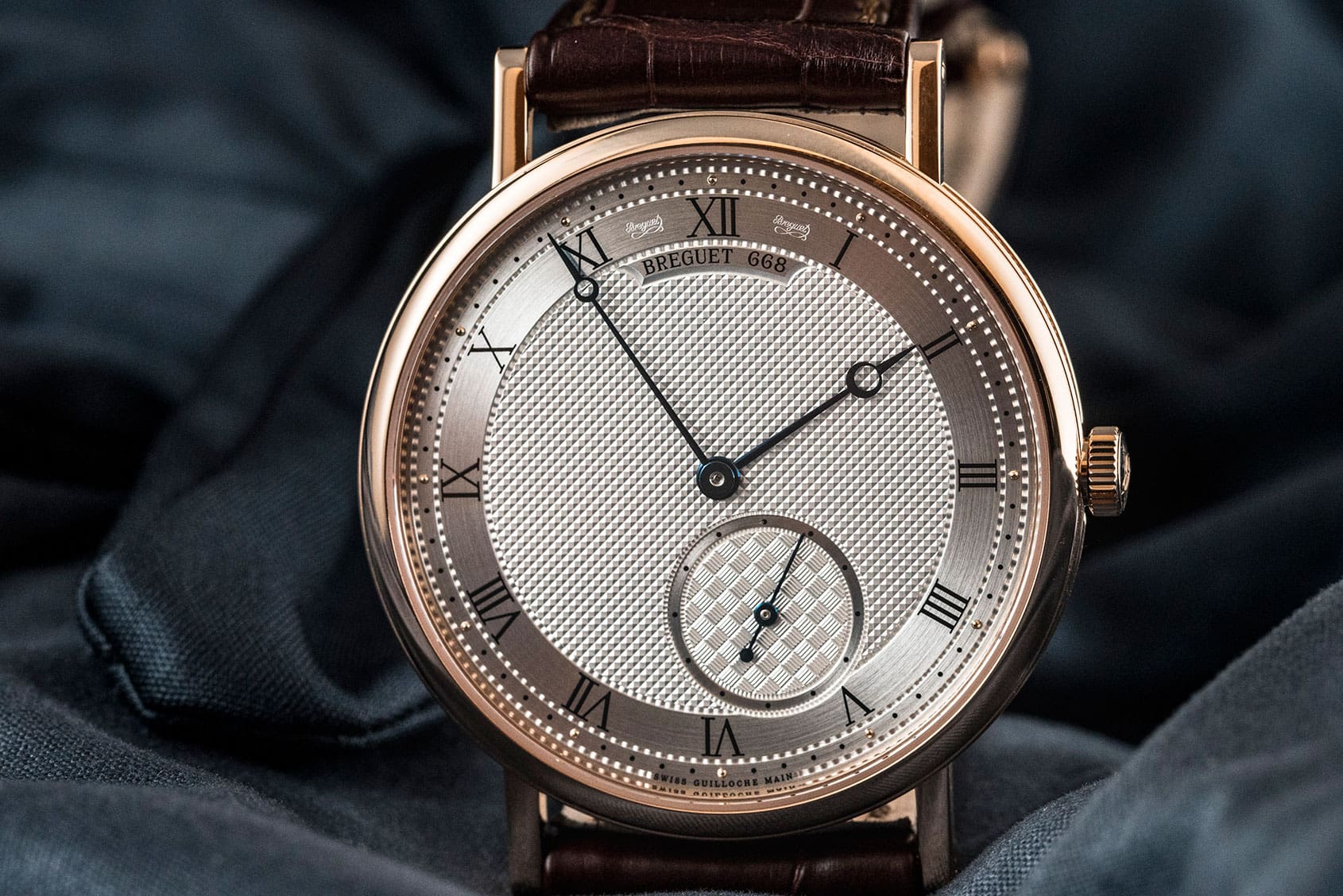Dialled Up: Six watch dial finishes that will change the personality of your watch
Ricardo SimeWhen someone hands you a watch, do you immediately comment on the movement? Do you look at the case finishing first? Does the bracelet command your gaze? Chances are, the first thing that grabs your attention is the dial. No matter how nice the movement inside, or even how suitable the dimensions are for your wrist, the dial first and foremost makes or breaks the deal in the eyes of consumers. And, one of the main topics in that conversation is how that watch dial is finished. Dial finishes can really dictate and distinguish how a dial is read and received.
With a multitude of options available to a brand, how they decide to finish a dial plays a large part in a watch’s overall design – both in its aesthetic and utility/legibility. While certain dial finishes may look great on a dressier piece, others would work best on a sporty or more abstract piece. Here are five of the most popular dial finishes brands use on their watches.
Matte

Simple and classic, the matte finished dial screams sporty or at the very least, casual. These dials have a flat, almost greyish look and are akin to the matte paper we use in our copy machines. Watches like the Rolex 5513 above are perfect examples of this.
You’ll notice how on this Rolex, the logo and markers are all printed, something you’ll commonly see on a matte-finished dial. Furthermore, matte dials do not reflect light, which leads to a very subdued, no nonsense overall aesthetic as we see with the 5513.
So if you’re looking for a traditional looking diver or field watch, a matte-finished dial is the way to go.
Sun ray or sunburst
When the Tudor Pelagos 39 was released, a key element watch enthusiasts pointed out was Tudor’s decision to utilise a sunburst finish on its dial and bezel. While by no means unattractive, in fact quite the opposite, it does diminish the ‘tool watch’ vibes a tad. The radially lined texture of sunburst elicits a dynamic gradient of shades under light, brightening certain quadrants while darkening others.
This sort of light play adds an elegance factor, a bit of sparkle not typically associated with a professional diver like the Pelagos collection. More often than not, you find a sunburst finish to more formal or dressy pieces like the Rolex Datejust ref. 126234 above.
Brushed
Brushed finishes can be found on metallic dials. The linear graining of the finish work keeps the tone of a dial brighter, while not giving off as much of a reflection, glisten, or sparkle like polished metal or glossy lacquer dials.
It tends to be used when brands want the texture of the finishing to stand out or want to use multiple finishes to convey complexity. A great example of this is the Louis Erard x Label Noir above. Noir films are known for their sort of grainy filters, and linear brushing emulates that sense of style wheel. In the case of Louis Erard x Label Noir, it has a bead blasted case, which when coupled with the brushed dial, gives the watch a very handsome industrial look.
Gloss
Glossy dials have a very reflective finish. This can be accomplished by using enamel, onyx, porcelain or lacquer. It draws your attention to the watch, with markers and hands really standing out with such a glossy background. Watches with glossy dials tend to lean towards the casual/dressy end of the spectrum. Case and point; the black onyx dial of the Girard Perregaux Laureato. It allows the watch to work perfectly with a suit or a pair of jeans.
Like the sunburst finish found on the Tudor Pelagos 39, the switch from matte to gloss lacquer between five and six digit Rolex Submariners vastly changed the look. As you can see with the ref. 114060 above, Rolex, upon the introduction of the six-digit Submariners (which debuted glossy ceramic bezels as well), began their trajectory away from ‘tool watch’ towards luxury sports watch in the eyes of consumers.
It’s worth noting, however, that gloss lacquer can be both polished and matte. In either form the lacquer causes an innate sheen, but matte gloss has grained sensibility to its appearance – i.e the Stella dial-inspired Rolex Oyster Perpetual watches.
Frosted

Frosted dials are a traditional finishing originally ushered in by Breguet. Back then, the dial metal was heated to a point unitl the impurities rose to the surface. The brand would then use harmful chemical to remove those impurities, leaving the pitted “frosted” finish.
Today’s frosted dials get their finishing from wire brushes, which are compressed against the dial surface.
Overall, you tend to find frosting done on high end pieces. Just be mindful of whether the frosting is being done traditionally or with a wire brush. Instead of the easier way with bead blasting. These differences will play a large part in the watches pricing.
Textured dials: Stamping versus engine turning
The classic way of placing a pattern on a watch dial. Watchmaker and engraving machine become one as a repetitive pattern is engraved into the dial. Long and arduous work that commands a pretty penny from the watch buying public. This process is a clear example of “you don’t pay me simply for the guilloche. You pay me for the hours of experience, trial and error it took for me to learn how to do it.”
Stamped dials on the other hand use a an original plate that has the pattern to create more dials. The pattern is pressed into sheets of dial material over and over again, ensuring an identical pattern every time. This simpler process is what makes stamping a more cost effective way of getting the guilloche look without hours of labor.
Some dials find a happy medium between engine turned pattern and stamped dials. For example, Grand Seiko White Birch dials are stamped, yet the pattern requires repetitive low-impact stamps to create the depths of the pattern. The “Sbowflake” pattern block used to create each dial was originally crafted by hand as well.
It is not surprising at all that the brand who gave us Spring Drive would find a way to elevate dial stamping.

